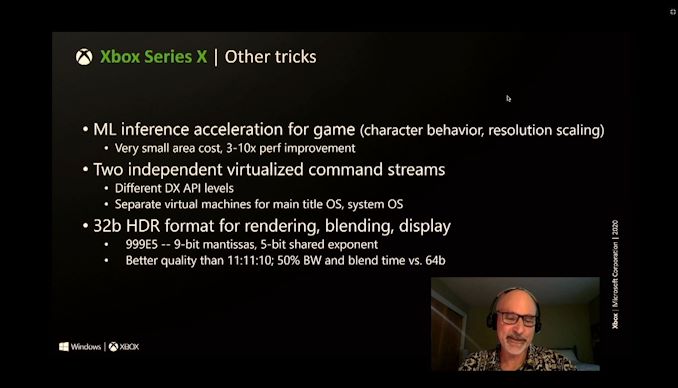Power requirements wouldn't be a surprise. Specifics of cooling while maintaining minimum noise might require some investigation and implementation though.
That was my second point. It could be sony wants to optimize cooling on per ssd basis. One could interpret this as optimization == business as usual or throw FUD and speculate about sony being in trouble with overheating SSDs.

